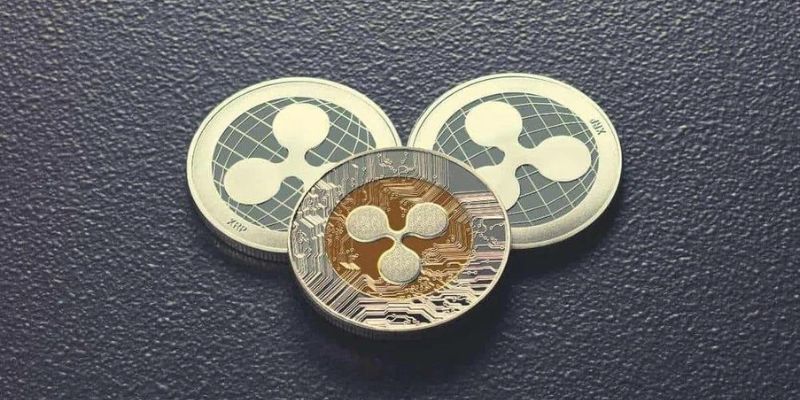You may have heard that XRP is decentralized. but what does that mean? is XRP completely decentralized in the current era?
There’s a lot of debate surrounding the decentralization of XRP. let’s take a closer look at the facts.
What Is XRP and How Does It Work?
XRP is a digital asset created in 2009 by Ripple Labs Inc. It is used to transfer money between different currencies, and it is similar to Bitcoin but with some key differences.
One of the biggest differences is that XRP is centralized. This means that Ripple Labs Inc. controls many XRP tokens and can manipulate their value at will. Critics say this makes XRP less decentralized than other digital assets like Bitcoin and Ethereum. Whether you are a seasoned trader or just starting, this trading website can make your cryptocurrency trading much easier.
How XRP Became Decentralized
When it comes to Ripple and XRP, there needs to be more misinformation and clarity out there. Let’s start with the basics: Ripple is a payment protocol, and XRP is the digital asset used on that network.
XRP became decentralized in late 2014 after McCaleb left Ripple Labs and founded a competing company called Stellar. As part of the split, he took control of most of the XRP supply and placed it into a trust account. This made XRP more decentralized, as it no longer relied on a single entity to manage its supply.
Advantages of Decentralization
The advantages of decentralization are manifold. In the context of XRP, they can be summarized as follows:
1. Decentralization ensures that no single entity can control the network or censor transactions.
2. Decentralization leads to a more democratic system in which users have a say in network governance.
3. Decentralization results in a more secure network, as it is difficult to mount a coordinated attack on a decentralized system.
4. Decentralization leads to a more efficient network, as there is no need for a central authority to manage transactions, and crypto owners have used decentralized coins for trading.
Disadvantages of Decentralization
While there are countless advantages to decentralization, XRP also has some drawbacks that come with it. One of the most common disadvantages of a decentralized system is that it is more prone to security breaches since there are no central authorities. This means that if your account is hacked, there is no one to turn to for help or reimbursement.
Another disadvantage of decentralization is the need for more control over transactions and resources associated with the network. Without a centralized authority, anyone can perform transactions or access resources without the need for approval or authorization. This can lead to an increase in fraud and other malicious activities on the network.
Notwithstanding these challenges, XRP still has considerable potential as an emerging digital asset in the current era due to its decentralization model.
Does XRP Meet the Criteria of Decentralization?
To be considered decentralized, a digital asset should have no single point of failure. It should not be owned or operated by one entity and its transactions should remain secure even if some of its nodes are compromised.
XRP meets all these criteria. The XRP Ledger is maintained and operated by several independent validating nodes that are distributed across the world. All nodes work together to process transactions securely without any single entity’s interference.
What’s more, XRP has a built-in anti-spamming feature that makes it difficult for large numbers of transactions to be broadcasted at once, thus making it harder for bad actors to overwhelm the network with junk data or carry out denial-of-service attacks. This ensures that the validating nodes can focus on processing only legitimate transactions, which in turn helps maintain a high level of decentralization XRP.
What Are the Implications of Decentralized XRP?
First and foremost, the transactions on the XRP ledger are safer and more secure than those on other blockchain networks. Because there is no single authority overseeing the transactions, it is less likely for an attack or fraudulent activity to take place. This makes it ideal for those seeking a secure and reliable payment solution.
Also, the XRP network can be used by anyone, regardless of geographic location. This makes it suitable for international transactions and those occurring within the same country or continent.
Finally, due to its unique consensus mechanism, a completely decentralized XRP network offers more scalability than other blockchains. This makes it far easier for users to send and receive payments at lightning-fast speeds.
Conclusion
However, decentralization is not just about the number of nodes on a network. It’s also vital that nodes are distributed across different geographic areas to ensure that a single entity does not control the network.
